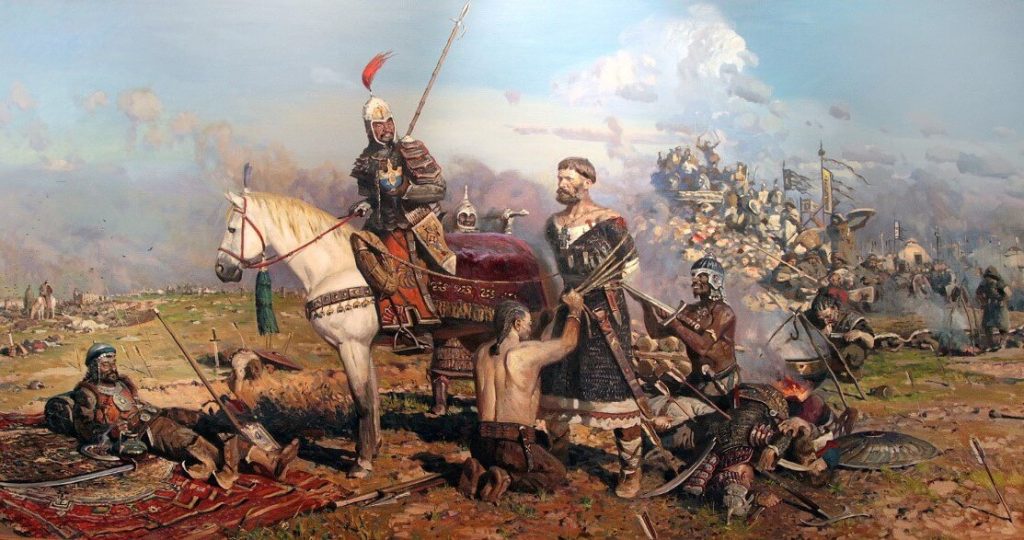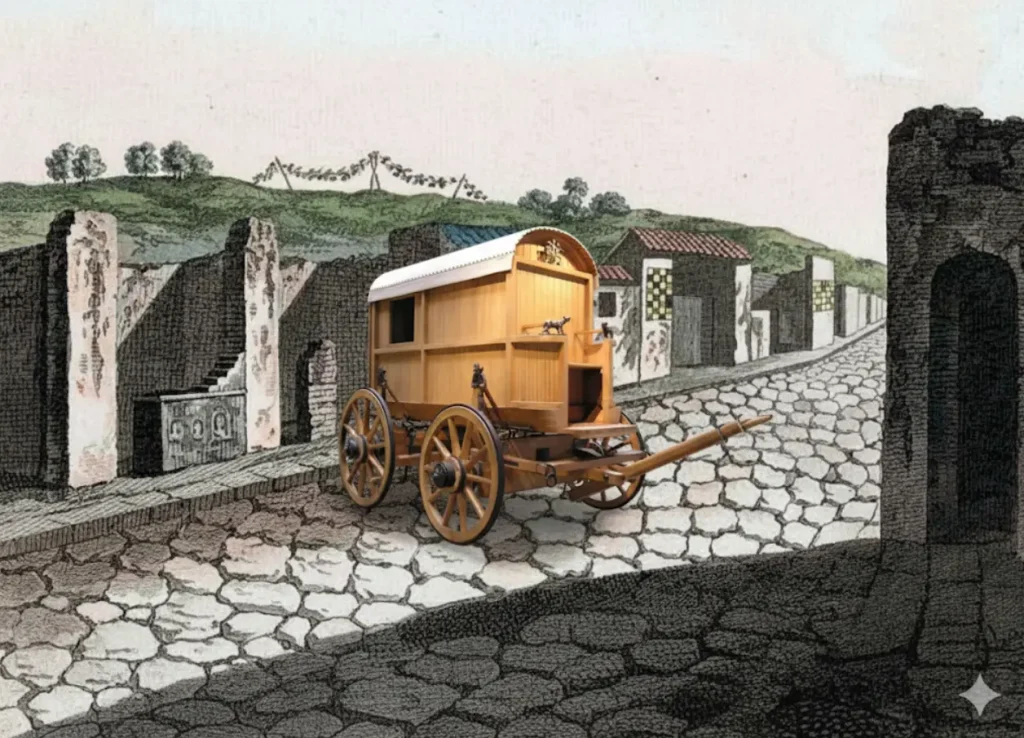In the annals of history, where tales of valor and devotion intertwine, one name resonates with profound reverence across the world’s two largest religions: Mary of Nazareth. Lauded as the mother of God’s Chosen One, she holds a unique position. For Muslims, she is the mother of a great prophet, while for Christians, she is the mother of God incarnate. Despite her unparalleled fame, the historical details of her life remain shrouded in mystery, leaving us with a tapestry woven from faith, tradition, and sparse historical records.
The Gospels’ Glimpses of Mary
The New Testament, with its Four Gospels, offers glimpses into Mary’s life, yet they are fleeting and enigmatic. The stories in Luke and Matthew recount her miraculous pregnancy and the events surrounding the birth of Jesus. These narratives are cherished, forming the cornerstone of Christian beliefs about Mary.
In the Gospel of John, we find Mary at the foot of the cross, witnessing the crucifixion of her son. It is here that Jesus, in his final moments, entrusts her care to the beloved disciple, traditionally identified as John. This poignant scene offers a rare insight into Mary’s life after Jesus’s resurrection, hinting at a deep, enduring bond between her and the early Christian community.
Beyond this, the New Testament offers little about Mary’s life post-resurrection. The Book of Acts mentions her presence in Jerusalem during Pentecost, a significant event marking the descent of the Holy Spirit upon Jesus’s followers. Yet, after this moment, Mary’s presence fades from the biblical narrative, leaving her later years a mystery.
Mary’s Final Days: Jerusalem or Ephesus?
As time passed, two primary traditions emerged regarding Mary’s final days. The first, and perhaps most widely accepted, holds that Mary remained in Jerusalem after Pentecost. Here, in the Kidron Valley, she is believed to have died and been buried. This tradition is embraced by many Orthodox Christians and Muslims, who visit her tomb, housed within a Crusader-era church.
Orthodox tradition speaks of Mary’s “dormition” or “falling asleep,” a euphemism for death. According to early sources, her tomb was found empty three days after her burial, suggesting an assumption into heaven. However, these accounts date back to the fifth century, and some Catholic theologians argue that Mary never died, further complicating historical reconstructions.
In contrast, another tradition suggests that Mary spent her final years in Ephesus, in present-day Turkey. This belief is rooted in the New Testament account of John, who, entrusted with Mary’s care, is said to have traveled to Ephesus. It is here that tourists visit a Byzantine-era stone building, known as the House of Mary, believed to be her dwelling place during her time in Anatolia.
Reconciling the Traditions
The existence of a revered tomb in Jerusalem, dating back to the early fifth century, coupled with the absence of a similar site in Ephesus, suggests that Mary likely died in Jerusalem. However, this does not preclude the possibility that she lived in Ephesus for a time. The story of Mary’s Ephesian domicile emerged later, adding layers of complexity to her narrative.
The apocryphal text “Transitus Mariae” (Latin for “The Passing of Mary”) further complicates the picture. It describes John traveling from Ephesus to Jerusalem (or possibly Bethlehem) to be with Mary at her death. This narrative, preserved in various languages, offers differing accounts of Mary’s final days, with some versions placing her death in Jerusalem and others in Bethlehem.
The Bethlehem Connection
In the Syriac version of “Transitus Mariae,” Mary’s final days unfold in Bethlehem. Here, Jesus’s disciples gather around her, and after her death, she is miraculously transported to Jerusalem. Despite these accounts, no “tomb of Mary” exists in Bethlehem, reinforcing Jerusalem as the likely location of her final days.
A Legacy of Faith and Mystery
Mary of Nazareth’s story is one of faith, mystery, and enduring reverence. Her life, shrouded in historical ambiguity, continues to inspire millions across the globe. Whether she spent her final days in Jerusalem or Ephesus, her legacy transcends geographical boundaries, uniting believers in a shared narrative of devotion and love.
As pilgrims visit her tomb in Jerusalem or the House of Mary in Ephesus, they walk in the footsteps of a woman whose life, though largely undocumented, remains a beacon of faith. Mary’s story is a testament to the power of belief and the enduring impact of a mother’s love, shaping the spiritual landscapes of Christianity and Islam alike.
In the end, Mary’s journey is not just a historical puzzle but a spiritual odyssey, inviting us to explore the depths of faith and the mysteries of the divine. Her life, though veiled in mystery, continues to illuminate the path of countless souls, guiding them toward a deeper understanding of love, sacrifice, and the eternal bond between a mother and her son.








































